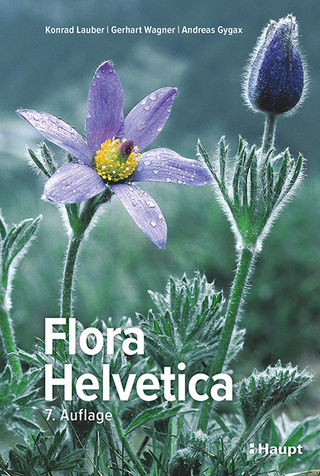
How Plants Communicate with their Biotic Environment
Academic Press Inc (Verlag)
978-0-12-801431-8 (ISBN)
After studying in Paris, Guillaume Bécard got his PhD at Laval University (Canada) and did a four-year post-doc in a USDA laboratory in Philadelphia (USA). He was then recruited by the University of Toulouse (France) in 1993 as a biology professor. He is studying an ancient and widespread plant symbiosis that occurs between plant roots and certain soil fungi called arbuscular mycorrhizal fungi. This symbiosis enhances mineral and water nutrition of plants and their resistance to environmental stress. With his research team he has contributed in recent years to the discover of the molecular signals and ancestral mechanisms involved in the recognition between the plant and the fungus. He is also involved through industrial collaboration in the promotion of the agronomic use of mycorrhizae to reduce requirements of irrigation, chemical fertilizers and pesticides.
Part 1: Plant-Plant Communication1. From the Lab Bench to the Forest: Ecology and Defence Mechanisms of Volatile-Mediated ‘Talking Trees’2. Allelopathy and the Role of Allelochemicals in Plant Defence3. Communication Between Host Plants and Parasitic Plants4. Plant–Plant Communication Through Common Mycorrhizal Networks
Part 2: Plant Communication With Microbes5. Plant Communication With Associated Microbiota in the Spermosphere, Rhizosphere and Phyllosphere6. Chatting With a Tiny Belowground Member of the Holobiome: Communication Between Plants and Growth-Promoting Rhizobacteria7. Effector-Mediated Communication of Filamentous Plant Pathogens With Their Hosts8. Commonalities in Symbiotic Plant-Microbe Signalling
Part 3: Plant Communication With Animals9. Plant–Pollinator Communication10. Mimicry and Deception in Pollination11. Plant Communication With Herbivores12. Communication of Sedentary Plant-Parasitic Nematodes With Their Host Plants
| Erscheinungsdatum | 01.04.2017 |
|---|---|
| Reihe/Serie | Advances in Botanical Research |
| Verlagsort | San Diego |
| Sprache | englisch |
| Maße | 152 x 229 mm |
| Gewicht | 770 g |
| Themenwelt | Naturwissenschaften ► Biologie ► Botanik |
| Naturwissenschaften ► Biologie ► Ökologie / Naturschutz | |
| ISBN-10 | 0-12-801431-8 / 0128014318 |
| ISBN-13 | 978-0-12-801431-8 / 9780128014318 |
| Zustand | Neuware |
| Haben Sie eine Frage zum Produkt? |
aus dem Bereich


